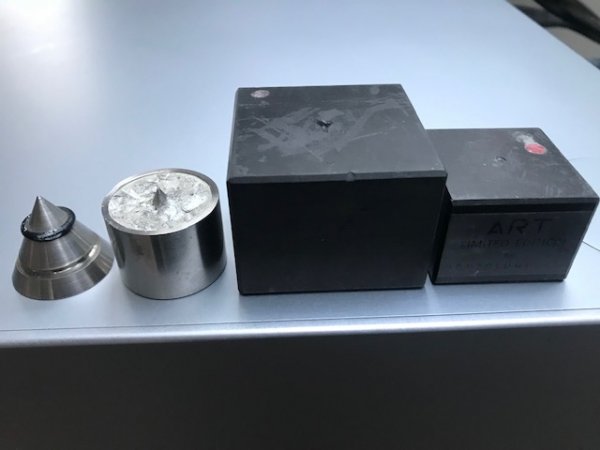Dave, that is certainly true. A power cord is easier to switch out. And everything we do can potentially change the sound of our systems. The point that I am trying to make is that electronics usually come with power cords. They also come with footers. I would argue that footers and power cords are tweaks, because we can choose to alter the sound of the component we have bought by changing parts of that component that were supplied with it when we bought it. Tubes are similar.
Somehow, speakers, electronics, sources, and signal cables seem different to me. They comprise the fundamental components of an audio system and are all required for the system to function. The system will function without the need to buy aftermarket power cords and footers.
Yes, I agree. I also think systems operate in contexts that can and do impact their operation and success. That it pays to consider the overall system as including the context of operation. Imo, to avoid such is a constraint imposed on evaluation that will limit a system's potential. To simplify I call it 'Infrastructure' but it includes acoustics, power, and vibration management, each of which is a its own wide and deep topic. We get tangled up with semantics about what is a 'tweak' but infrastructure, imo, is not a tweak because a systems context is a necessary aspect of its functioning.







